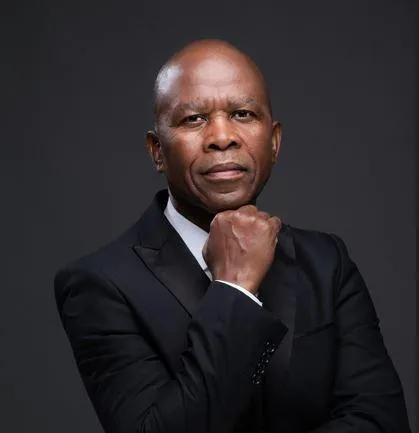Workforce development must be the engine that drives true transformation
TRANSFORMATION

For any organisation, especially those operating in technically demanding sectors like mining and manufacturing, a sound Human Resource development strategy is the starting point.
Image: File.
With the new Employment Equity (EE) Regulations now in effect, South Africa is entering a critical chapter in its transformation journey. The targets set for 2030 are clear, sector-specific, and ambitious, but for many employers, the real question is how to meet them meaningfully, sustainably, and in alignment with long-term workforce needs.
As someone who started their career as an artisan and has spent over 40 years in vocational education and skills development, I have seen firsthand that transformation without a skills foundation is short-lived. Equity cannot exist in a vacuum. It must be underpinned by a robust, inclusive, and forward-looking approach to workforce development.
For any organisation, especially those operating in technically demanding sectors like mining and manufacturing, a sound Human Resource development strategy is the starting point. It must not only track demographic representation but also assess the pipeline of talent, training investment, and readiness for future roles.
Taking stock of your internal capacity and looking ahead to identify gaps allows you to place the right people in the right roles, with the right skills while aligning with legislation and good governance. EE compliance is not just about hiring, it's about developing your workforce with intention.
At the Mining Qualifications Authority (MQA), we’ve seen how our learnerships, internship programmes, and artisan development initiatives have delivered tangible results. Through ongoing feedback from the Minerals Council of South Africa and other industry stakeholders, we know that these interventions have helped mines operate more efficiently, reduce onboarding times, and even lower incident rates.
When workers are properly trained, both theoretical and practical safety improves, and so does productivity. This isn’t theory. It’s being lived on the ground in real South African mines.
There is no denying that the EE targets present real challenges, particularly for industries that have historically struggled with inclusivity. Mining is often seen as a male-dominated, physically demanding space and to some extent, that perception still holds.
However, the sector is transforming. Automation, digitisation, and innovation are changing the nature of work. Roles that once demanded physical strength now require analytical and digital skills. This shift opens the door for more women, people with disabilities, and youth from diverse backgrounds to enter the sector as geologists, engineers, and safety specialists.
Transformation is not about ticking a box. It's about making space, through technology and training, for more South Africans to participate meaningfully in the economy.
One of the most effective ways to meet equity goals while building capability is through Technical and Vocational Education and Training (TVET). At MQA, we invest significantly in artisan development, spending over a quarter of a million rand annually to fund and support learners through TVET institutions.
As an artisan myself, I know the value this route holds. For every one engineer, the sector needs up to 15 artisans. That’s the reality of the value chain. And yet, too often, vocational training is treated as second-tier compared to university education. This must change.
If we truly want to empower the youth, drive down unemployment, and build inclusive growth, we must elevate TVET colleges, resource them, and integrate them into EE planning and workforce strategies.
No single entity, whether public or private can deliver transformation alone. To reach the 2030 EE targets, we need government, SETAs, employers, and education institutions to work in unison.
One encouraging development is the formation of platforms like SETA SIHIP, which enables SETAs to collaborate across sectors to share skills and knowledge. These kinds of partnerships will be essential in scaling solutions and supporting smaller employers who may not have the internal capacity to drive change on their own.
At the MQA, our mission goes beyond numbers. Yes, we want to see equitable representation across all levels of the mining sector. But success, for us, is also about safety, competence, and dignity.
My vision is one where all MQA staff are responsive and engaged with the evolving needs of the sector. A future where skilled workers operate with confidence, where mines are safer, and where fewer lives are lost because of poor training or preparation.
When transformation is embedded in both policy and practice, when it is driven by real skills, we move closer to an inclusive economy where everyone has a fair chance to succeed.
Let us not approach the EE Regulations as a compliance headache. Let’s see them for what they are, a call to action to invest in our people, our institutions, and our future.
Dr. Thabo Mashongoane, CEO of the Mining Qualifications Authority (MQA).

Dr. Thabo Mashongoane, CEO of the Mining Qualifications Authority (MQA).
Image: Supplied.
BUSINESS REPORT